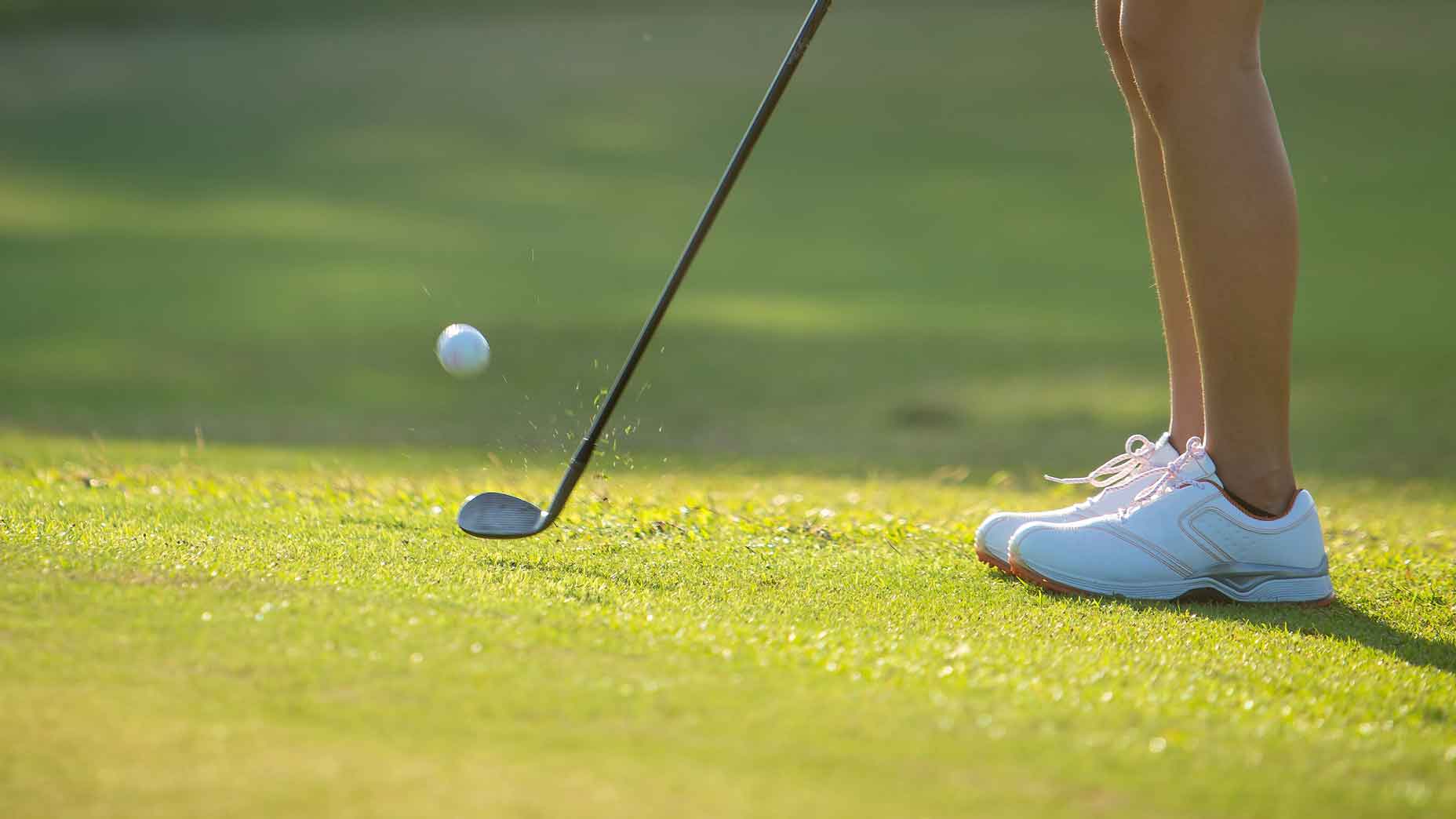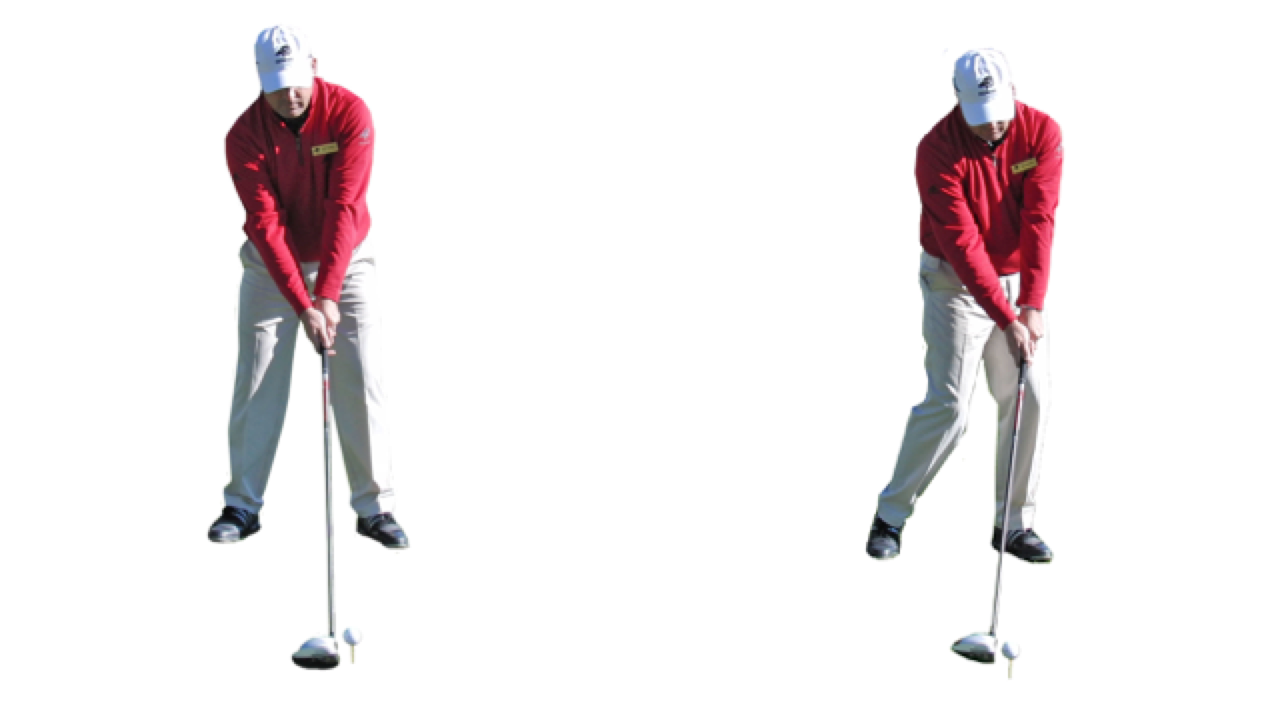
It is common for golfers to confuse clubhead velocity with ball speed. It is important to remember that ball speed will be higher than swing speed when you choose the golf ball. To put it another way, if your goal is to hit a long drive, you should use a low-compression club. For slow swing speeds, players who have slower stroke speeds should opt for low-compression balls. Players with slower swing speeds will benefit from low-compression golf balls, which increase the distance.
The ball speed is faster than the clubhead speed
As golfers we are often told about the importance of ball speeds and Tiger Woods' successes. But what does ball speed even mean? How does it affect your game? After all, golf balls can reach speeds of 255 feet per second, while planes can only fly at 51 feet per second. Although ball speed is an important factor in improving your game it is often overlooked by many golfers. Let's examine the differences between ball and clubhead speeds.
Your swing and clubhead speed are key factors in ball speed. The faster your clubhead meets the balls, the greater the ball's speed. You can increase your ball speed by hitting more frequently the center part of the face. The clubhead should run at least a mile per an hour faster than the ball. A smash factor of 1.50 is the best goal for consistent results. A higher smash factor means a more efficient golf swing.

For slower swing speeds players, lower compression golf balls will increase the distance.
Golf balls with low compression are the best for players with slower swing speeds. Low compression balls can transfer energy from the ball more efficiently than other types of balls. As a result, they offer greater distance and control when chipping and putting. They are also softer than traditional golf clubs, which allows for slower swing speeds and better control over the ball's impact. TruFeel Golf balls and TourQuest Tour-branded golf balls are the most popular low compression balls.
The compression rate is an important consideration when buying a golf club. A ball that has low compression is most suitable for slower players. These balls will give players with slower swing speeds more distance while also giving them a better feeling off the clubface. A ball with a higher compression rating is recommended for players with fast swing speeds. This will increase distance without sacrificing control. Be aware that your strokes may be shorter than your driver's.
Choose a golf ball that is good for your swing speed
The distance you drive and the average speed of your clubhead will determine which golf ball is best for you. A typical golfer can drive approximately 250 yards with a clubhead speed around 2.3 mph. Many players don't achieve this speed. You need a ball with a high compression rate (100+) if you have a swing speed of more than 105 MPH. This ball will provide optimal ball flight and distance while also allowing for the best spin rate and distance.
There are many sizes and types of golf balls. Make sure you find the one that best suits your swing speed. To improve their accuracy and control, high-speed golfers will need a ball that has a high compression rating. Golfers with slower speeds can choose a ball that has a low compression rating. Golfers with intermediate swing speeds may choose a ball with a higher compress rating if they aren't concerned about a lower compression.

You want the best compression for your golf ball
It is crucial to choose the right compression for your golf ball if you want to improve your game. There are many factors to take into account, including your swing speed as well as your swing path. Here's a breakdown on the important factors to consider before you buy a ball. Low compression balls are easy to compress at impact, but they tend to rebound more aggressively. High compression balls, however, are easier to hit and can produce lots of spin and backspin.
First, determine your swing speed. This will help you determine which golf ball will have the most compression and give you the maximum distance. You might choose a ball with a lower compression if your swing speed is medium. For fast swingers, a ball with high compression is best. Your swing speed and core are important factors in determining the golf ball's compression.
FAQ
What happens at the conclusion of a round golf?
The player with the lowest score at the end of each round wins. If two players are tied for first, they both win.
If three or more people tie for first place after 18 holes, they share the prize money.
If two people are tied after 18 hole, the tournament committee decides who wins the prize money.
What does a golf ball look like?
Golf balls are usually made of rubber and plastic. Its surface has dimples which make it bounce when hit.
What are the different types of golf courses?
Golf courses come in all shapes and sizes. Some courses are made for beginners, others for more experienced players.
Some golf courses are located near lakes, rivers, mountains, and forests. Others are in urban areas. There are many options for golf courses.
What is a Bogey?
A bogey is an imaginary number used as a target for golfers. This is not a part of the game, but merely a way to keep score. The hole goes to the player who is closest to the number.
Jock Utchison, the first professional Scots golfer, came up with the idea for a bogey. He came up with the idea while playing on his own at home.
To keep track of his progress against himself, he put a number on a piece paper and attached it to his wall. This was known as the "Hutchy Bogey."
What does it take to win points in golf?
Points are awarded based how well a golfer performs in a competition. In golf, points can be earned in many different ways. For example, a player could win a tournament outright by scoring more than anyone else. Alternatively, a player might finish second place in a tournament and receive half the prize money that was won by the winner. Additionally, players who finish in the 3rd to 10th positions receive points. These extra points are known by the "strokes."
In addition to these official competitions, there are numerous unofficial events that award points to the best performing players. If a player has previously performed well in an event, they may receive bonus points.
Are there any skills required to play golf?
No. All you need are a pair walking shoes, towel, and a couple of clubs.
Can I learn how golf is played?
Yes. There are several schools where you can enroll to learn how to play golf. You will need new equipment, such as a set or clubs.
Statistics
- Professional golfers typically make between 60% and 70% of greens in regulation. (en.wikipedia.org)
- He shanked the first attempt, but it is estimated his second went more than 200 yards (180 m).[52]Golf courses worldwide. Below are the top 20 countries with the most golf courses as of 2019.[53]CountryNumber of (en.wikipedia.org)
- Professional golfers typically make between 60% and 70% of greens in regulation. (en.wikipedia.org)
- Buying a set of Titleist or Taylor-Made irons for nearly $1,000 is simply not necessary and likely a waste of money. (golficity.com)
External Links
How To
How to Improve Your Putting Game
Golf has existed for many centuries. It was originally played in ancient Egypt. The game has since been popularized throughout Europe and Asia and eventually to America. Golf is a sport which requires many skills like strength, agility flexibility coordination eye-hand coordination and concentration.
Good mental and physical preparation are essential for playing well. Also, you should learn to swing correctly and hit it with accuracy. This will help you develop a strong sense of balance and timing when you contact the ball.
There are many things you can do to improve your putting game. You can improve your putting game by practicing regularly, especially before you play in a tournament. You can also use the "putter trainer," a type of training device. This helps you train your muscles to bend down and straighten up again while improving your posture. This improves your vision and muscle control.
Your grip pressure is another factor that will affect your ability and skill to putt. If you hold the club too tightly, your hands will tire quickly. However, if the club is held too tightly, your hands will tire quickly. The type of shot will dictate the grip pressure you use. For example, when you're short of the hole, you'll want to apply more force to the club head but less force when you're long of the green.
You should also aim to keep your wrists relaxed. This will allow for more movement of your arms and shoulders while you stroke. The wrist action should be smooth and fluid. Online videos or books can help you improve your putting technique. You can also ask experienced players for their tips.